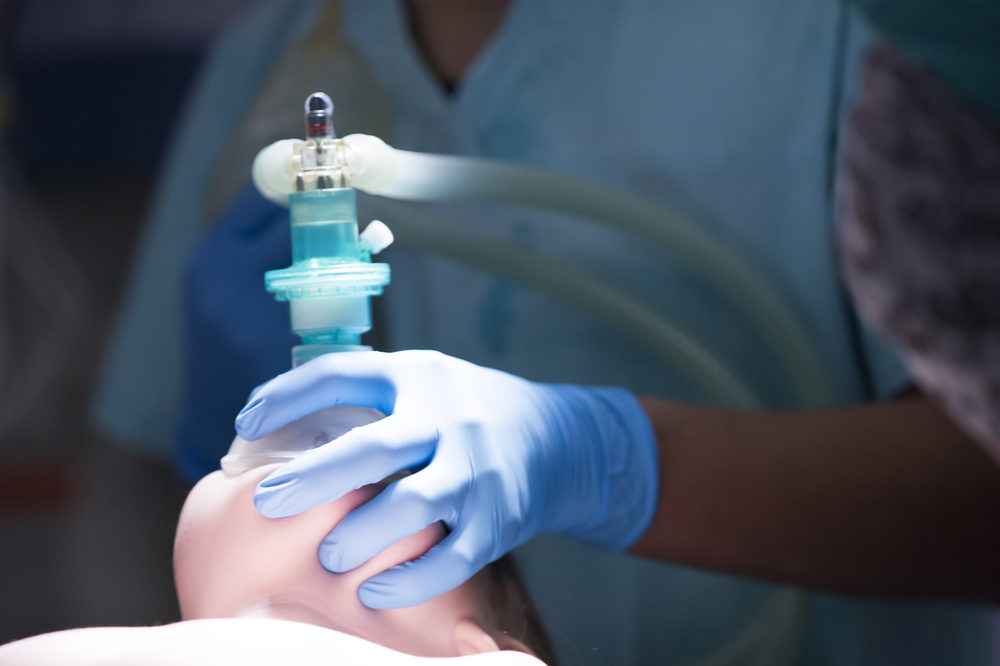C-Section Anesthesia Awareness More Common Than Expected: Study

A medical complication known as anesthesia awareness, where a patient accidentally awakens or experiences pain while under general anesthesia, may be a more common problem during C-sections and other obstetric surgery than previously believed, potentially resulting in long-term psychological damage.
In report published this month in the medical journal Anesthesia, researchers estimate that about one out of every 256 women undergoing obstetric surgery may have recall or awareness under anesthesia, hearing operating room conversations and experiencing pain, while unable to move or communicate with doctors.
Once thought to be a relatively rare occurrence, “accidental awareness during general anesthesia (AAGA)” can leave patients with post traumatic stress disorder and other serious psychological damage, including depression and anxiety.

Did You Know?
Change Healthcare Data Breach Impacts Millions of Customers
A massive Change Healthcare data breach exposed the names, social security numbers, medical and personal information of potentially 100 million Americans, which have now been released on the dark web. Lawsuits are being pursued to obtain financial compensation.
Learn MoreIn this new study, researchers from the U.K. investigated the incidence, experience, and psychological implications of unintended conscious awareness during general anesthesia among obstetric patients from May 2017 to August 2018. The study included more than 3,100 patients who received general anesthesia for obstetric surgery in 72 hospitals in England. The patients received three repetitions of standardized questioning over 30 days. Memories during general anesthesia were verified using interviews and record interrogation.
Overall, 12 patients had certain/probable or possible awareness during obstetric surgery. This translates to roughly 1 in every 256 women who undergo obstetric surgery having awareness while under anesthesia.
The incidence was higher for women undergoing C-section surgery. In those cases, there was a risk of 1 out of every 212 women having awareness while under anesthesia during surgery.
Of the women that experienced awareness or memories, roughly 58% reported the experience was distressing, 41% said they suffered paralysis, and 16% said they suffered paralysis but also experienced pain.
Patients also reported feeling tugging or stitching movements and suffered a feeling of dissociation and being unable to breathe.
Anesthesia awareness occurred during induction and emergence, or when they were first being put under and when they were emerging from the anesthesia, in 75% of patients who reported awareness. At least four patients who experienced awareness during surgery had provisional diagnoses of PTSD.
“The main finding of the study is that the incidence of AAGA in obstetrics, assessed by using direct questioning, is almost three times higher than previously ascertained when relying on patient self‐reports,” the researchers concluded. “Almost two‐thirds of the patients in our study described distressing experiences involving pain or paralysis during AAGA, and one‐third of patients with AAGA met screening criteria for PTSD during 12 months of postoperative follow‐up.”
Factors associated with accidental awareness during general anesthesia included high body mass index (BMI), low BMI, out-of-hours surgery, and use of ketamine or thiopental for induction.





0 Comments